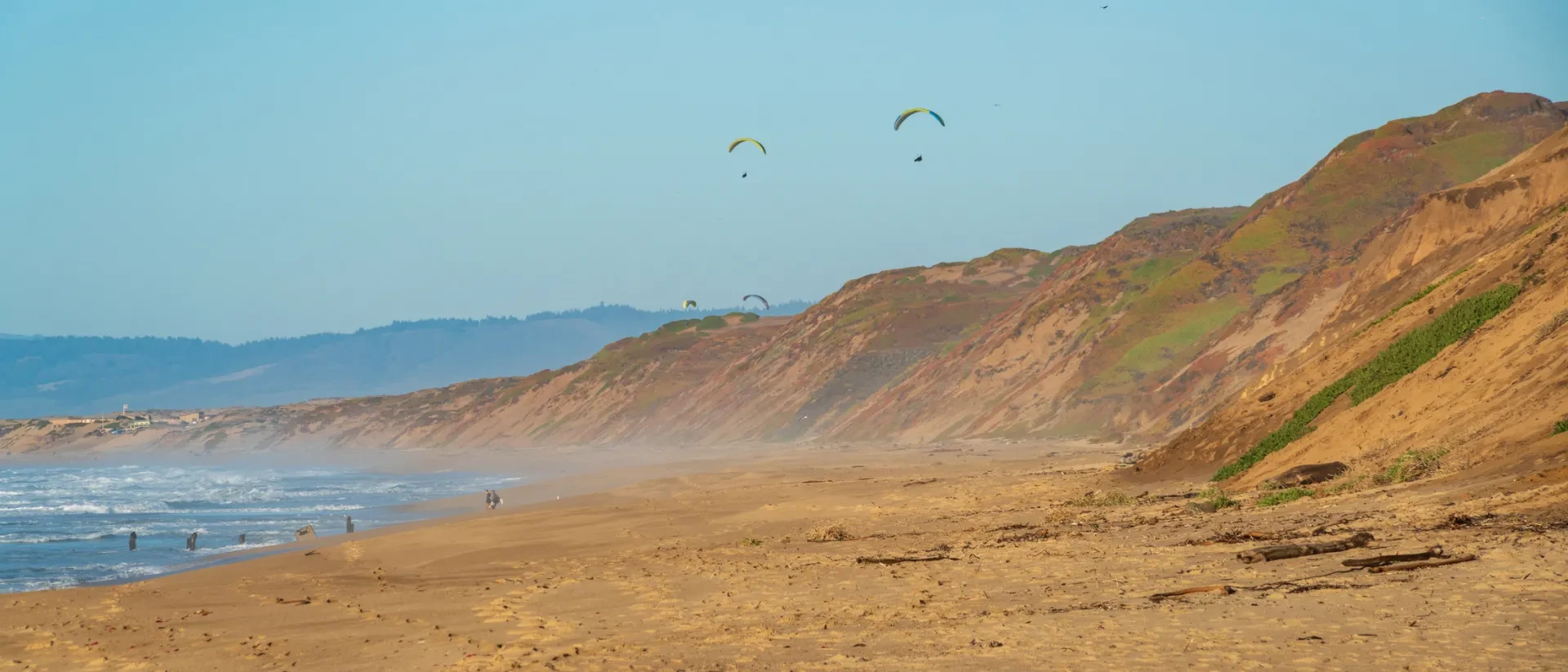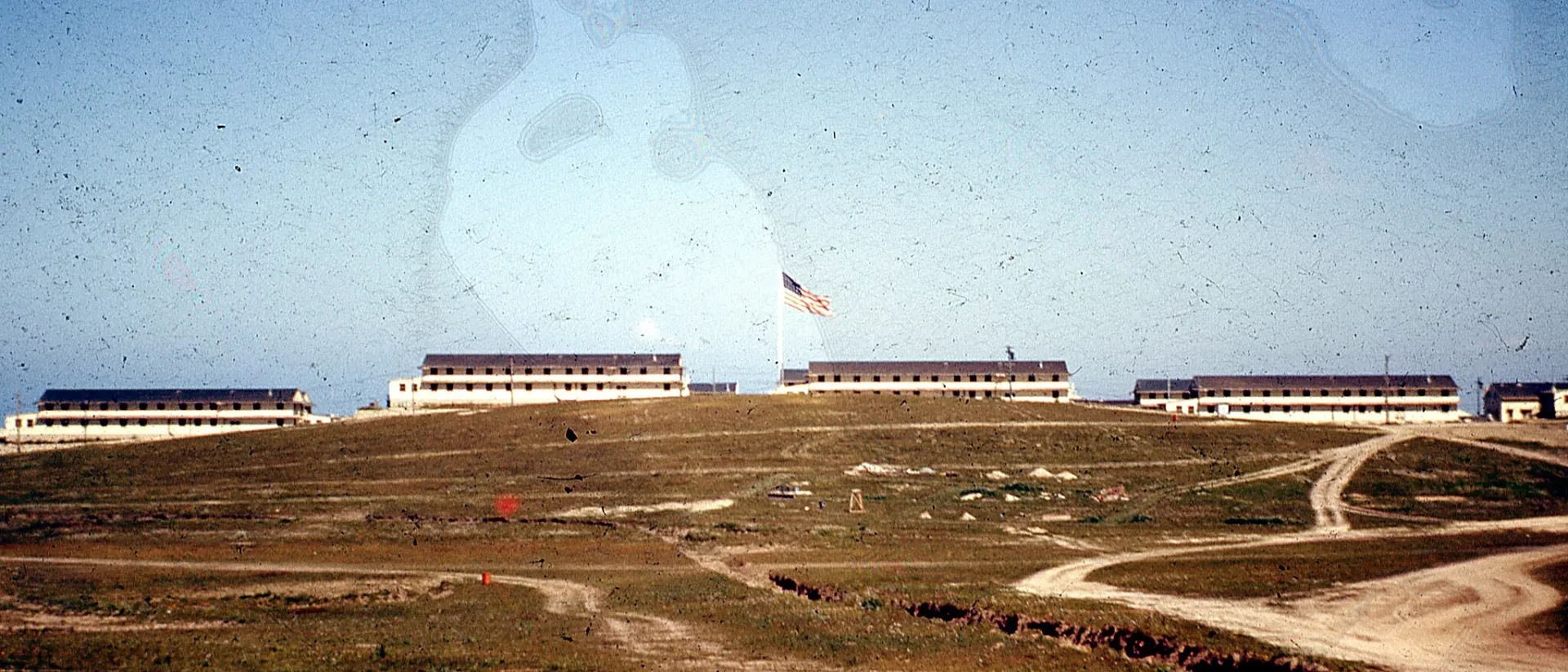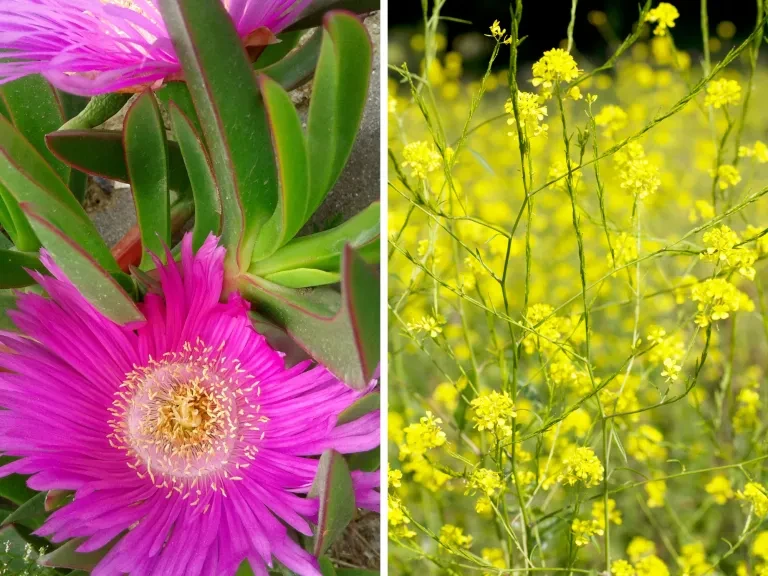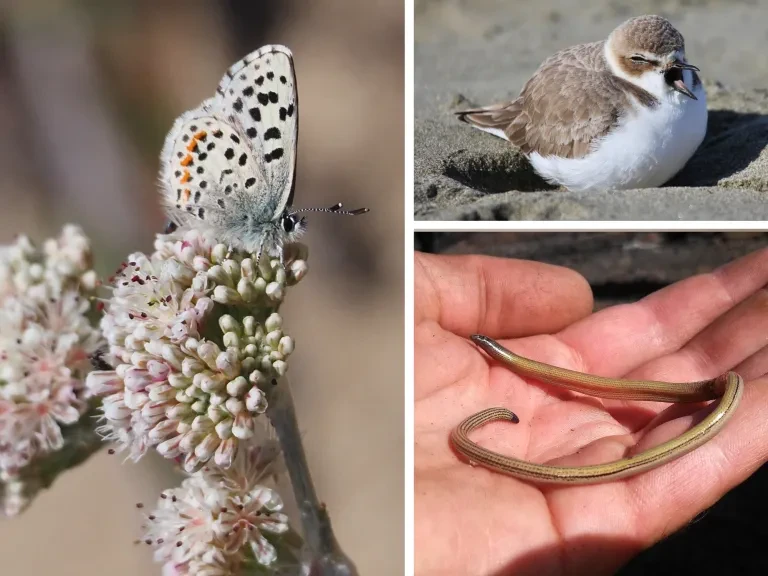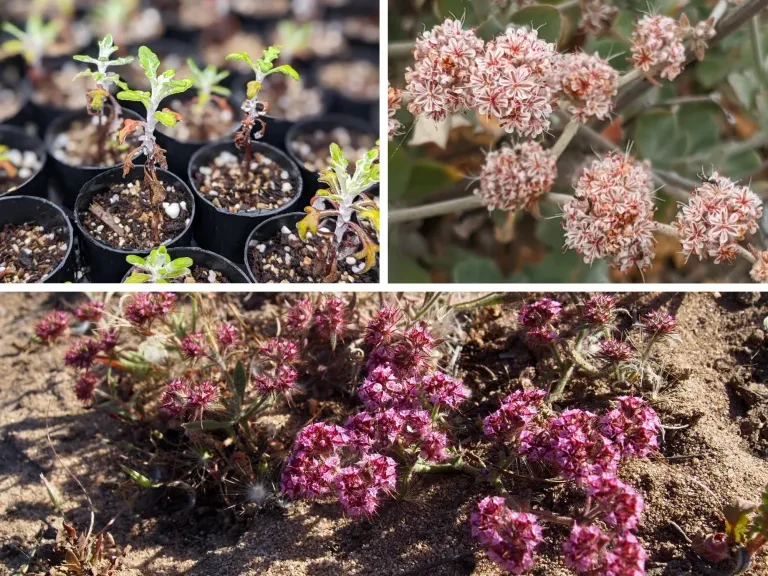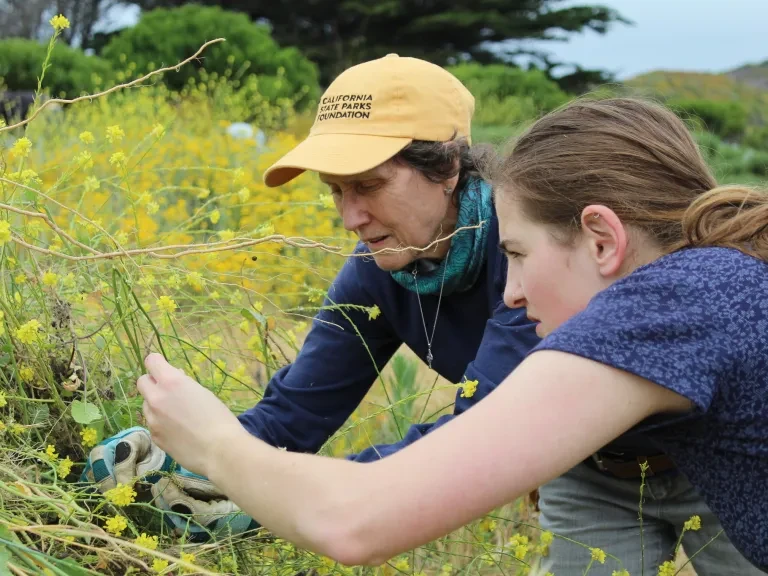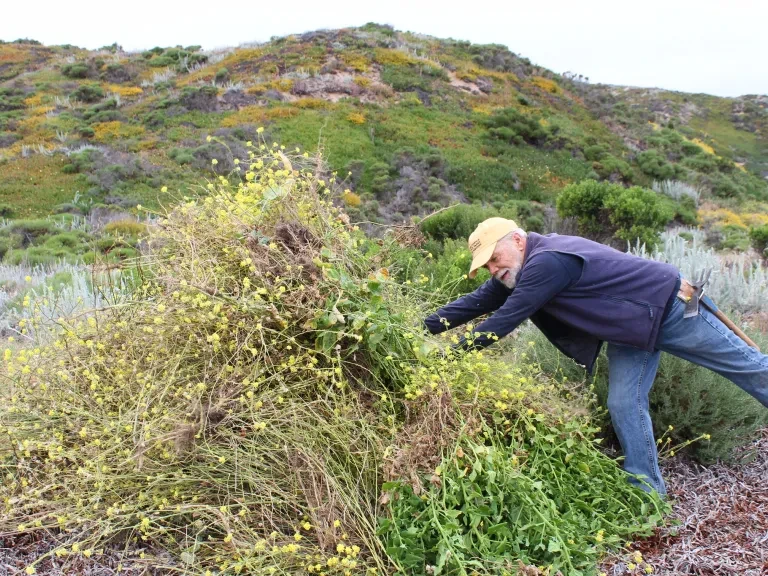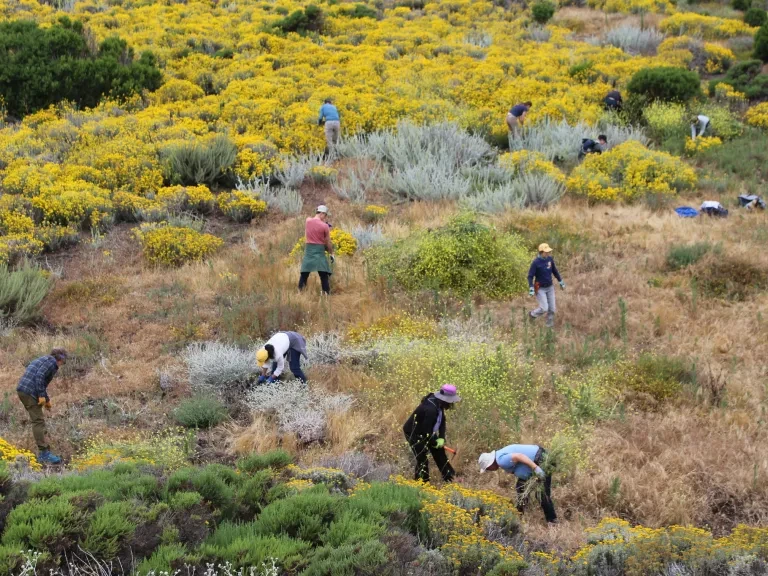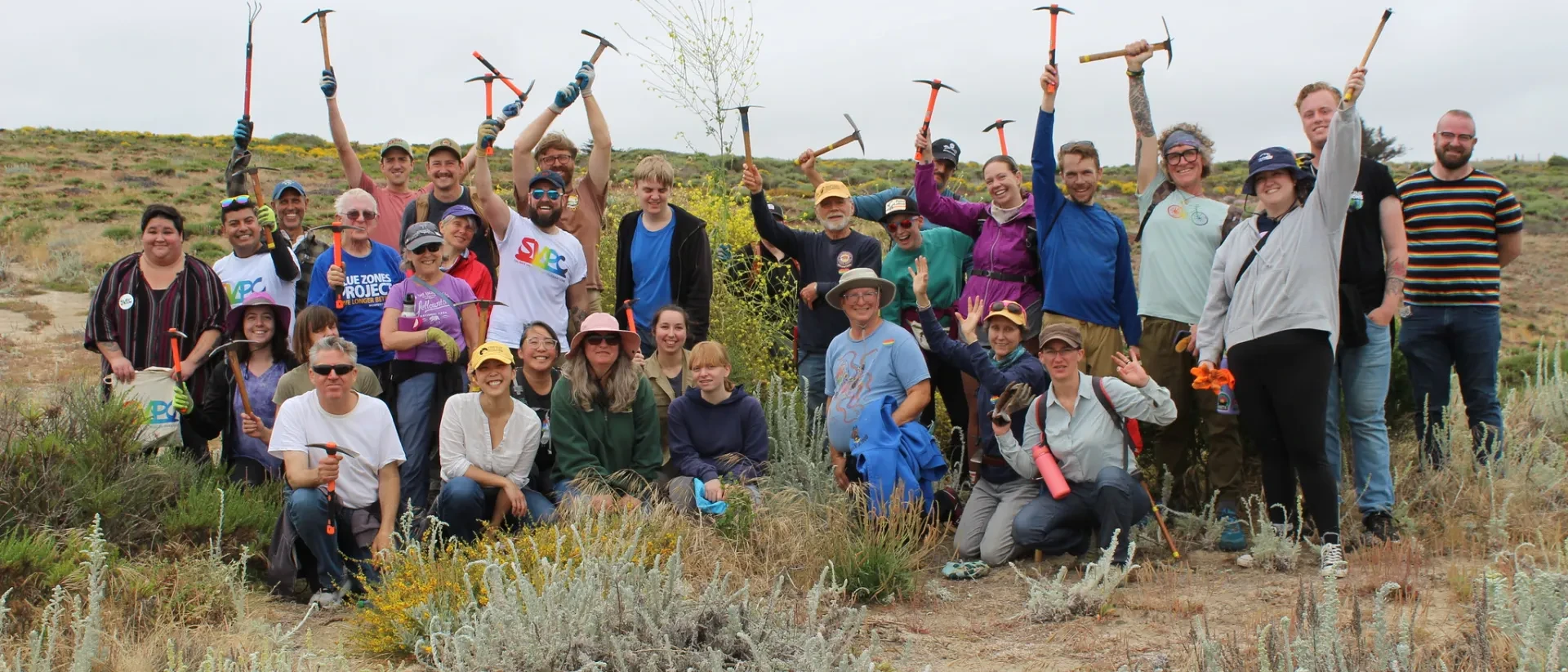The history of Fort Ord Dunes State Park is as interesting as the landscape itself. The area is home to The Rumsen, one of eight groups of the Ohlone, an Indigenous people of California. Purchased by the government in 1917, the area was a bustling military base that served as a training ground for soldiers until 1997. After years of abandonment, the army transferred 979 coastal acres of the 28,000-acre fort to California State Parks in 2009, calling it as we know it now Fort Ord Dunes State Park.
Due to previous military activity, the park's landscape was left decimated with groundwater and soil contamination, landfill, military munitions, habitat loss, and invasive plants proliferating along the sensitive natural ecosystem. However, since the park first opened, California State Parks, the U.S. Army's Fort Ord Dunes Cleanup initiative, California State Parks Foundation, and many other park lovers has undertaken incredible restoration efforts. The park now stands as a testament to the resilience and adaptability of nature and the importance of dune restoration work.
